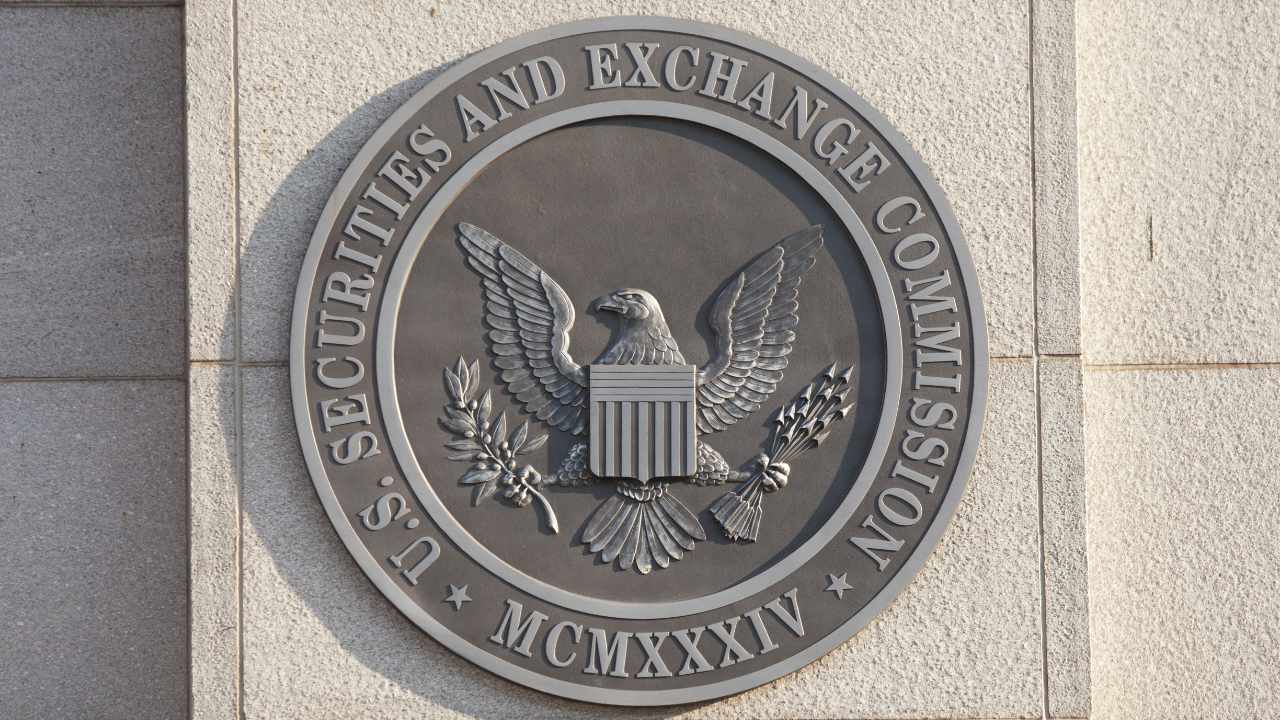The blockchain and identity management

Data security and privacy have become hot topics in recent years. With more and more companies being exposed for how they use customers’ identities and data, people are looking for alternative and better solutions.
The blockchain also offers new solutions for how you store and use your identity, giving you greater control and power over it. Here are some ways blockchain is revolutionizing how we store and use our online identity.
Current issues with digital identity
In the crypto world, when you trade cryptocurrency, you are quite anonymous, but you are still identifiable and verified through the blockchain. However, this technology does not extend to many other industries and this has caused many problems.
Safety
The biggest problem with identity and data storage solutions today is that they are centralized and hackable if you have the time and the right tools. Data breaches are all too common, and with so much information stored in one place, it’s easy to steal tens of thousands of identities in a single breach.
Lack of access to identity
Many people probably don’t know that over 1.1 billion people worldwide have no proof of identity. This is due to limited access to the right resources, the countless pages of information you need, and a lack of money to pay the fees associated with getting an ID.
Fraud
As already mentioned, identity theft and fraud are all too common today. With so much personal information so readily available, it’s frighteningly easy to access and use another person’s identity.

Decentralized identifier
The blockchain can transform how we create and verify an identity by using a decentralized identifier (DID). Users can register for an independent identity on a data platform and then create their own DID.
A DID is accessed using a private-public key, meaning that only those with the key can see and use your identity. A DID can be filled with credentials and identifying markers that can be used for everything from proving ownership of an item or accessing your gaming account.
The blockchain and cryptography then ensure the safety and security of your DID. The public key linked to your DID can be used to verify your identity, and as mentioned, the private key gives you access to the messages linked to the DID.
A real use case would be a user providing a QR code to an identifier, which would then prove their identity and grant them access to a particular service. The identifier provides proof of ownership of an identity and credentials and will check if it is related to a DID.
How the blockchain and DID improved the digital identity
Blockchain is completely transforming how we store, access and share data. It has given us far more control and security than ever before, and is almost certainly the future of data storage.
Safety
Simply put, the blockchain is highly secure because of how it is designed. Data is placed in a block, and when another block is added, the previous block becomes more secure. The blockchain is also unhackable and immutable, meaning that once your data is secured, it’s practically secured forever.

Privacy
Blockchain encryption and digital signatures ensure that your data remains yours and cannot be seen or used by external parties without your knowledge. Considering all the public discourse about privacy, this will undoubtedly be a very popular development for many people.
Integrity
A blockchain-based identity verification system will provide enormous flexibility to maintain identities across all nodes. The continuous updates and verifications of all identities across the chain will also make it far more reliable and trustworthy for all users.
A blockchain network does not operate on a single point of failure. This means that hackers or data thieves have to go through a huge amount of work and processes to gain access to the information they wanted.
Simplicity
Finally, a blockchain identity verification system is incredibly easy to use and access. There are clear sets of rules and processes, and therefore you can do away with bureaucracy and the usual stumbling blocks associated with traditional systems.























